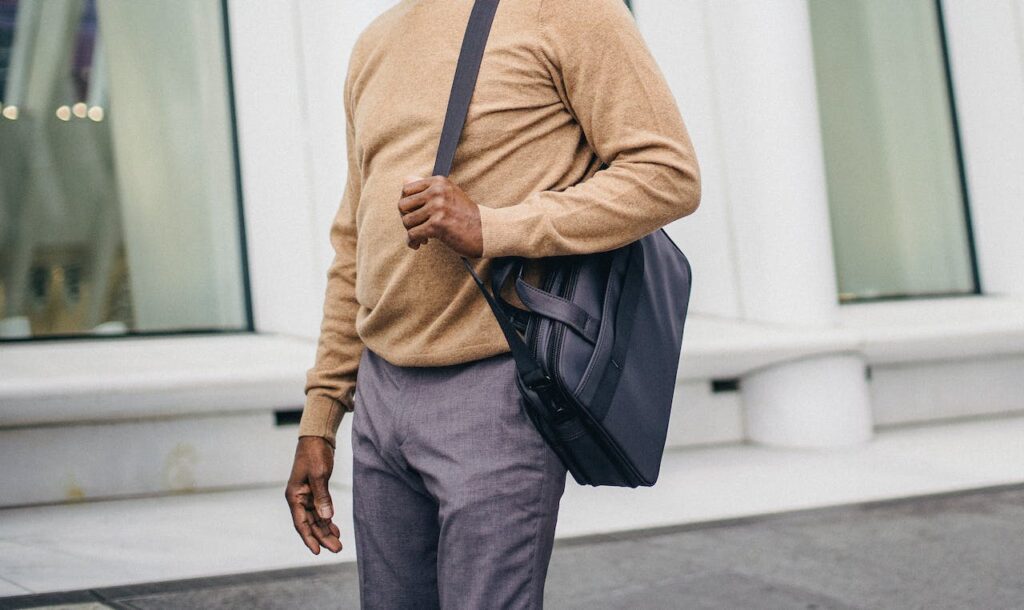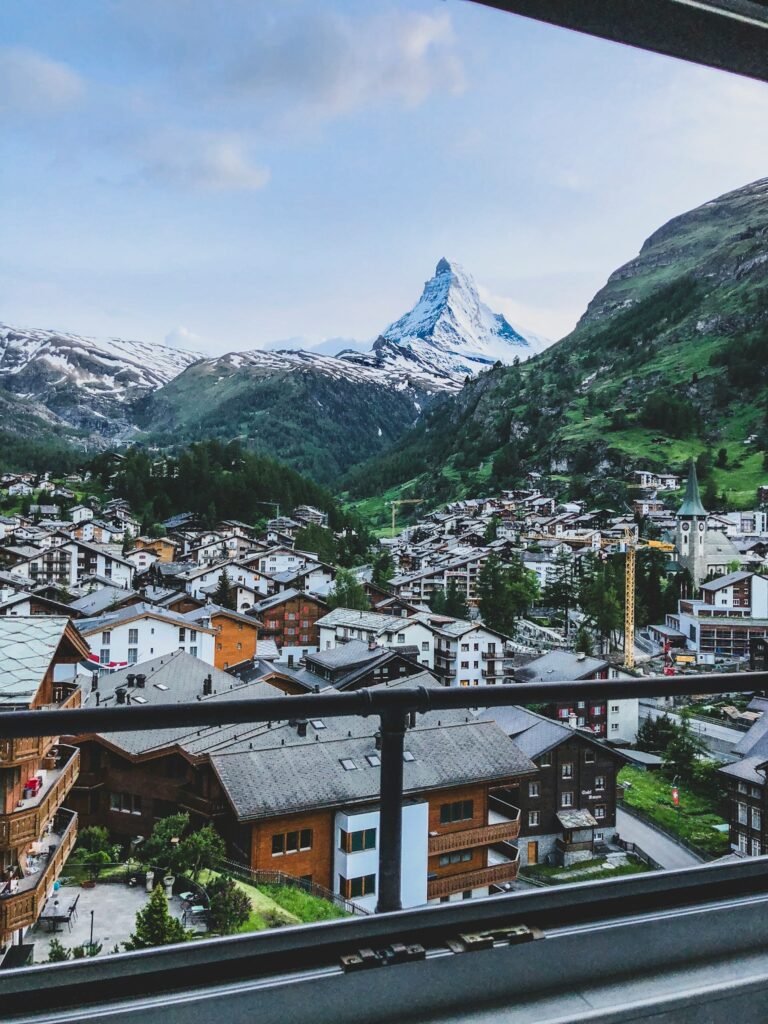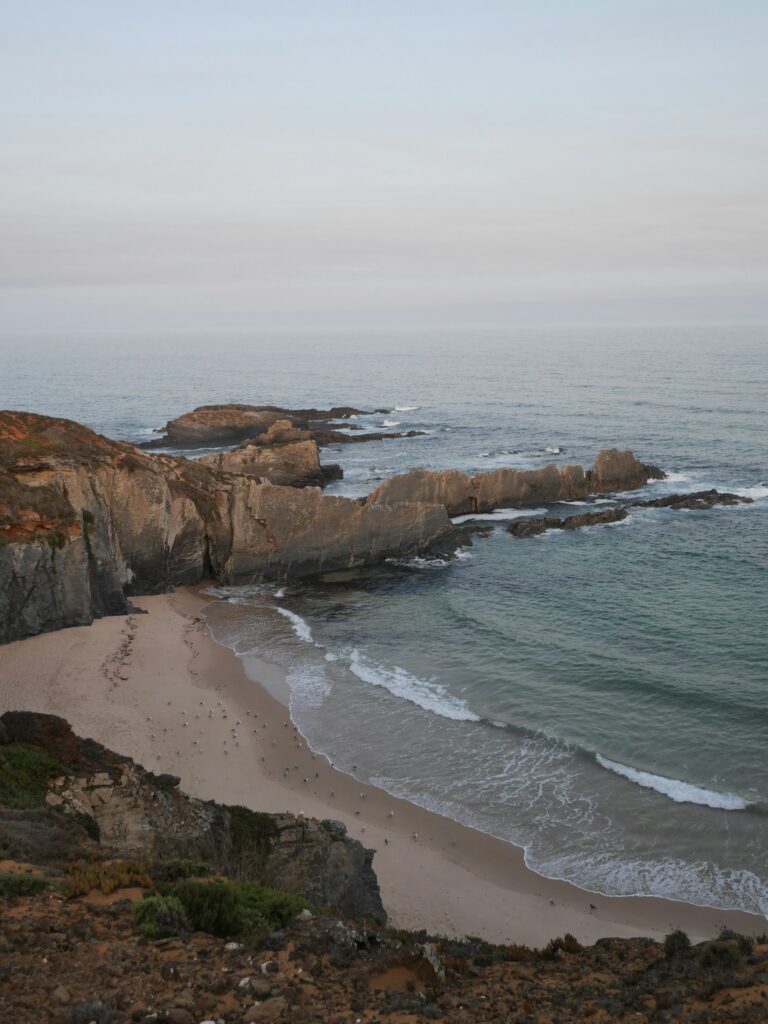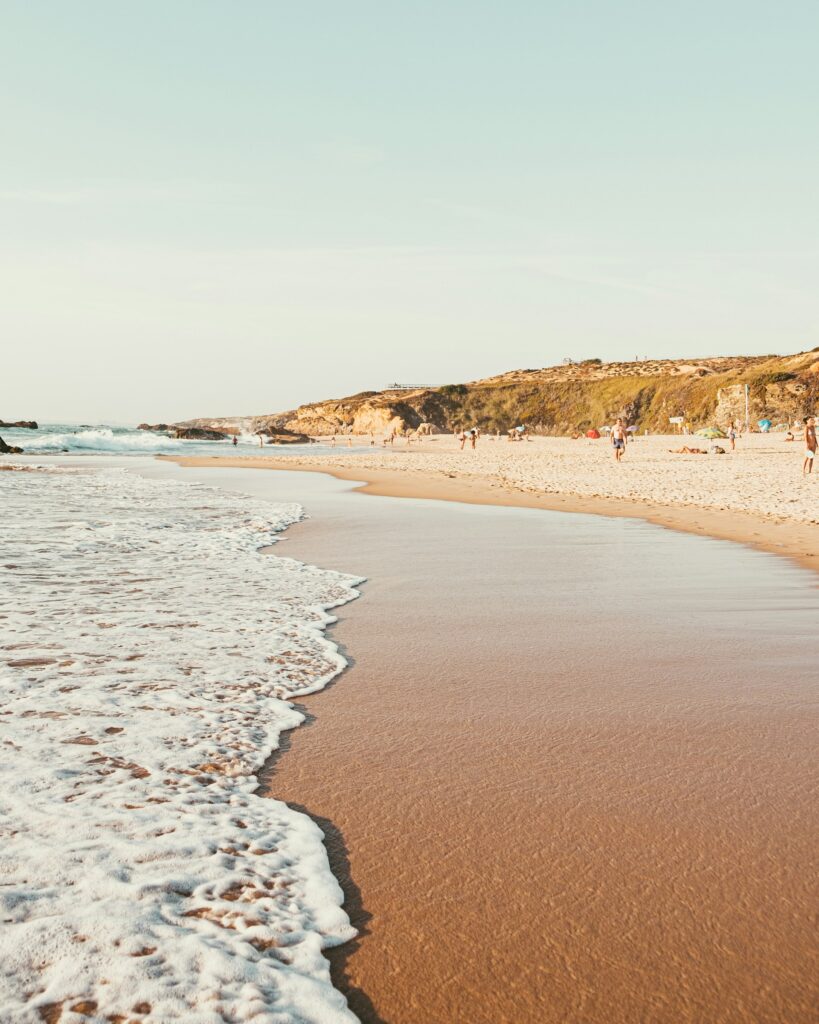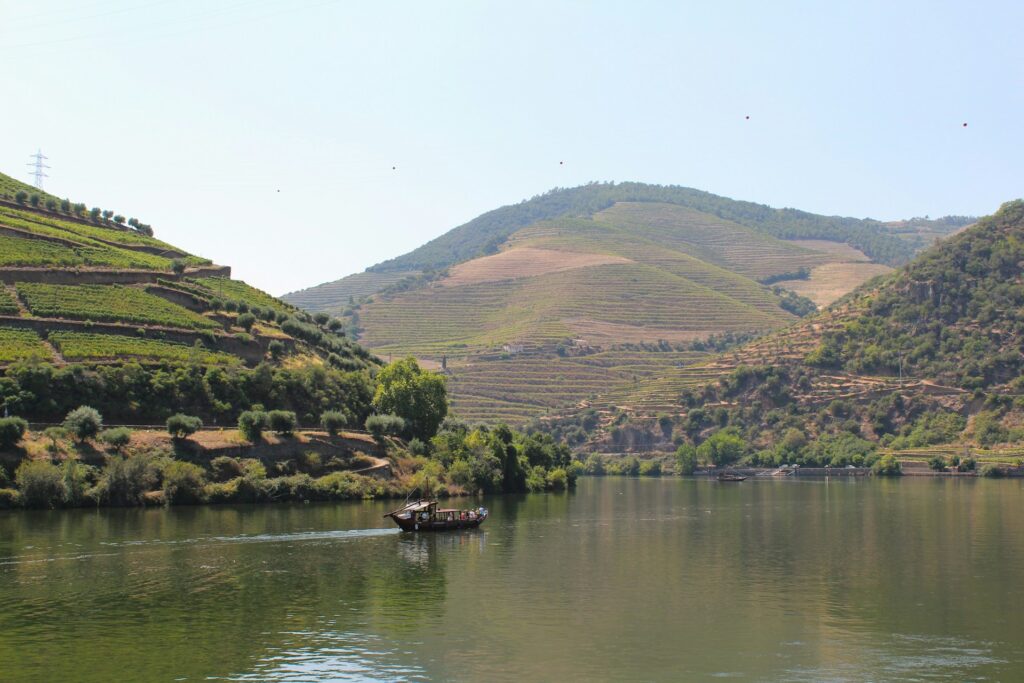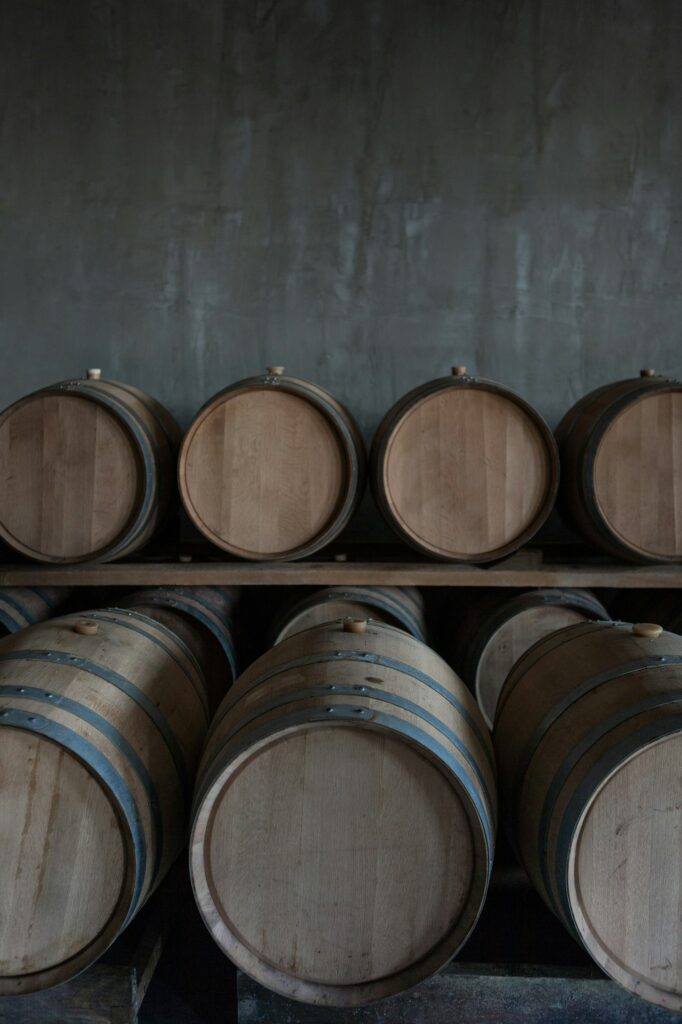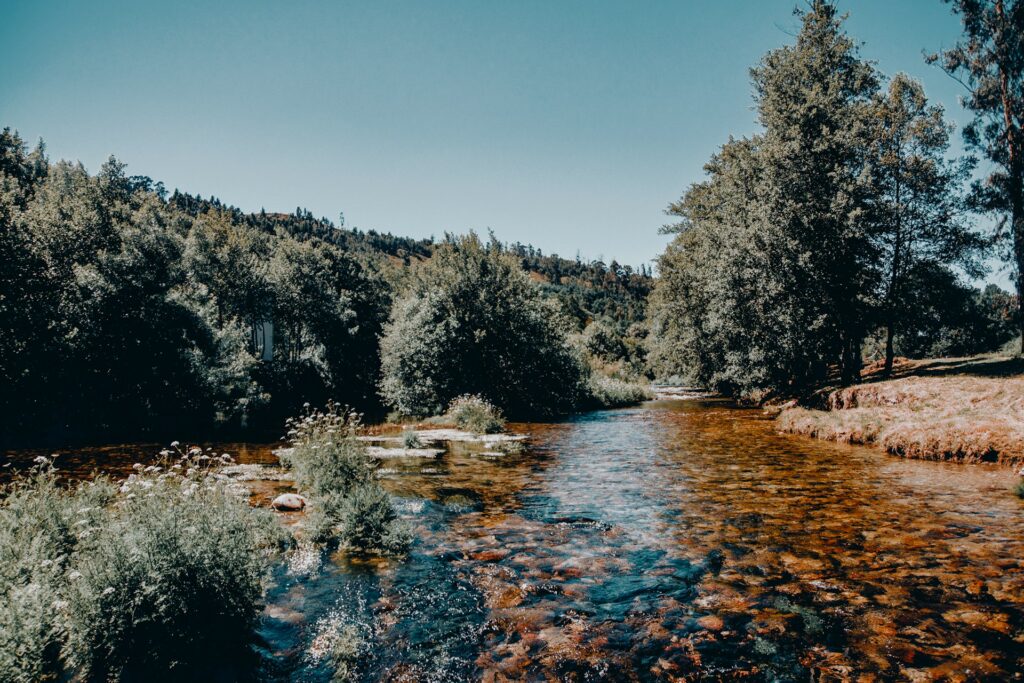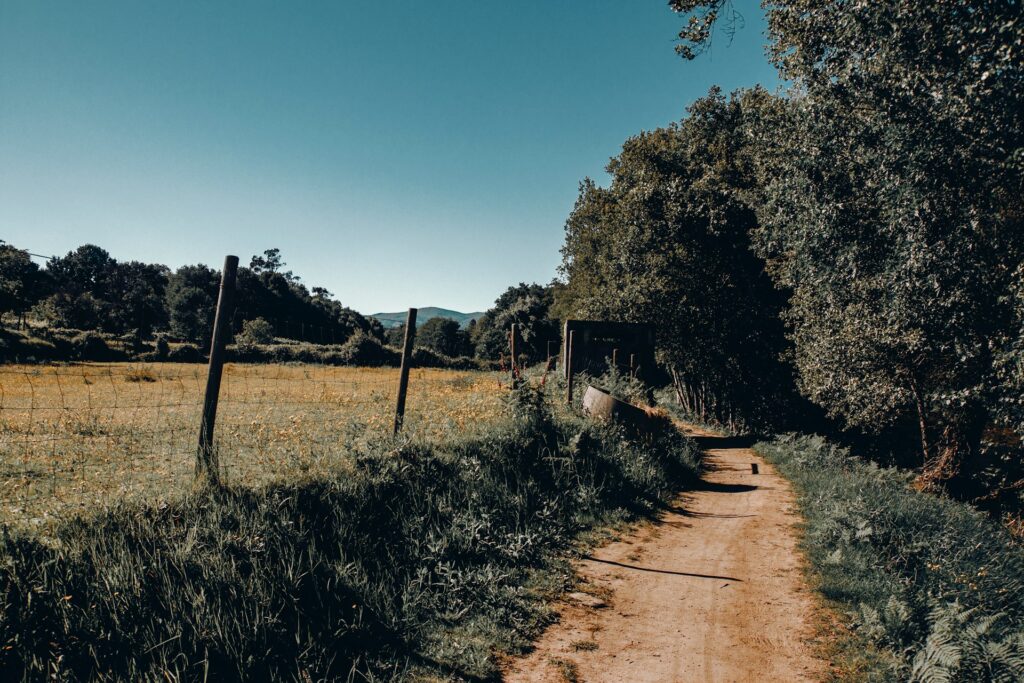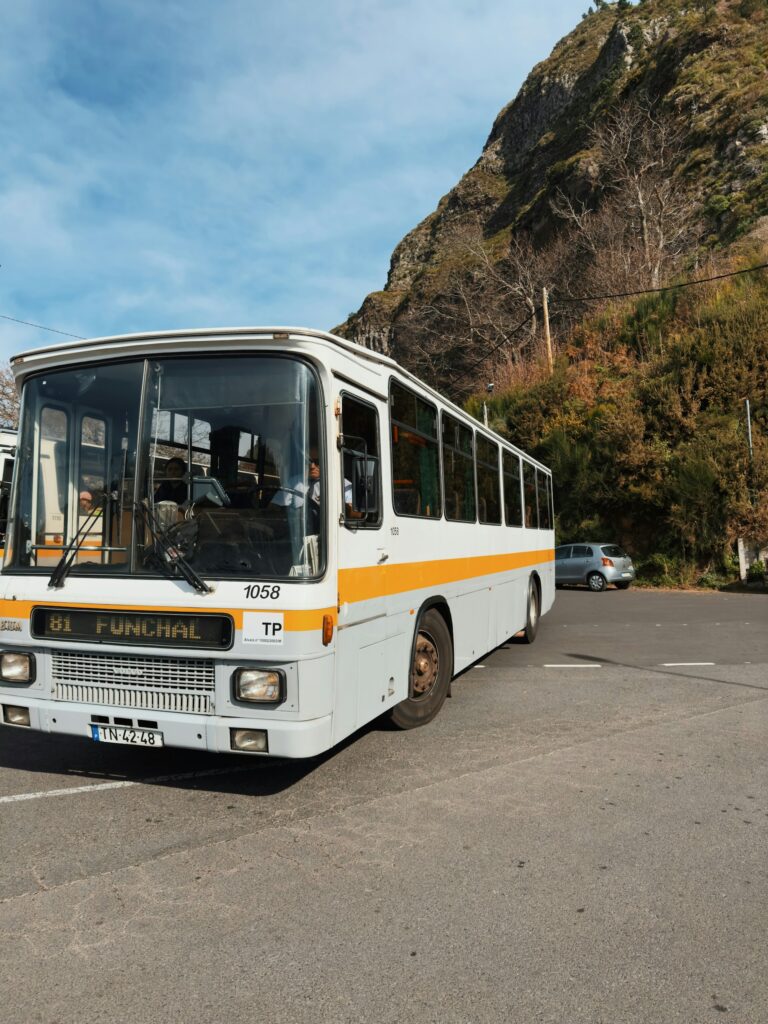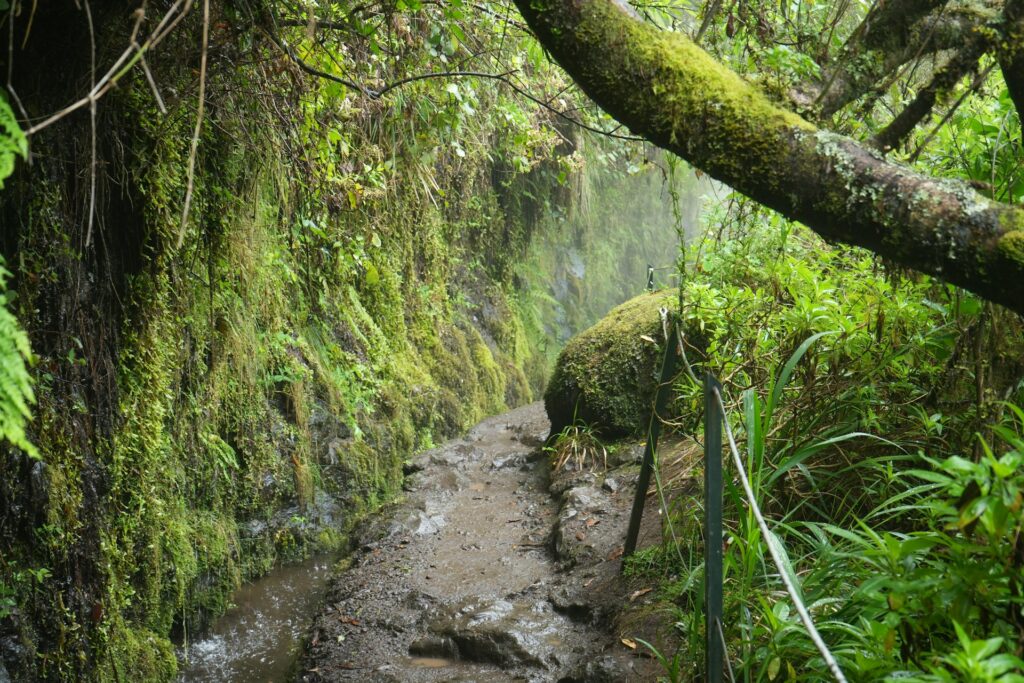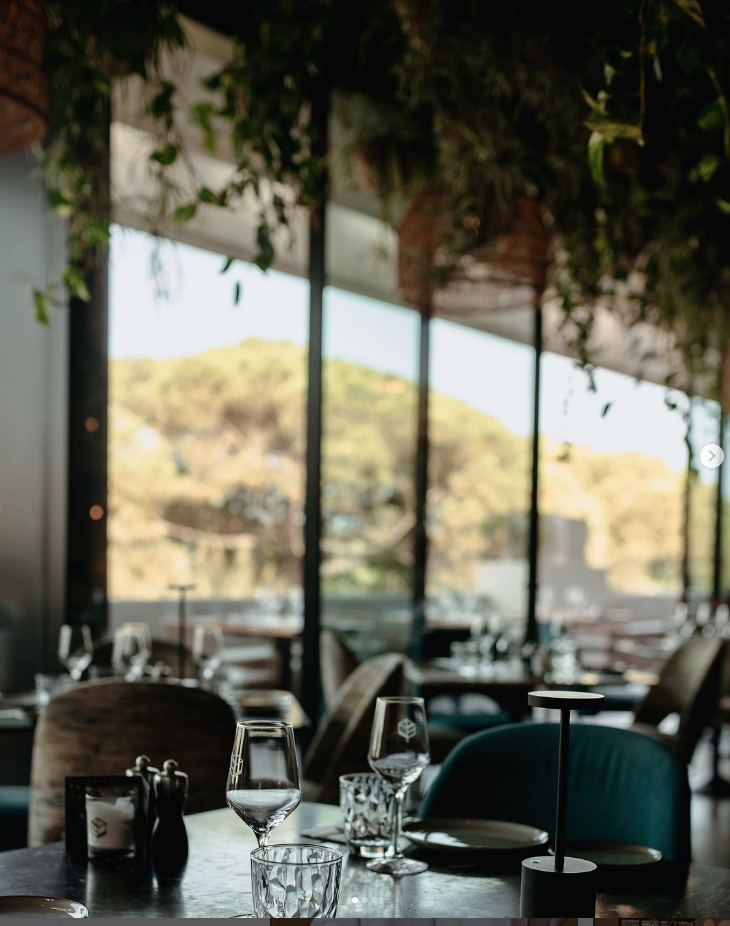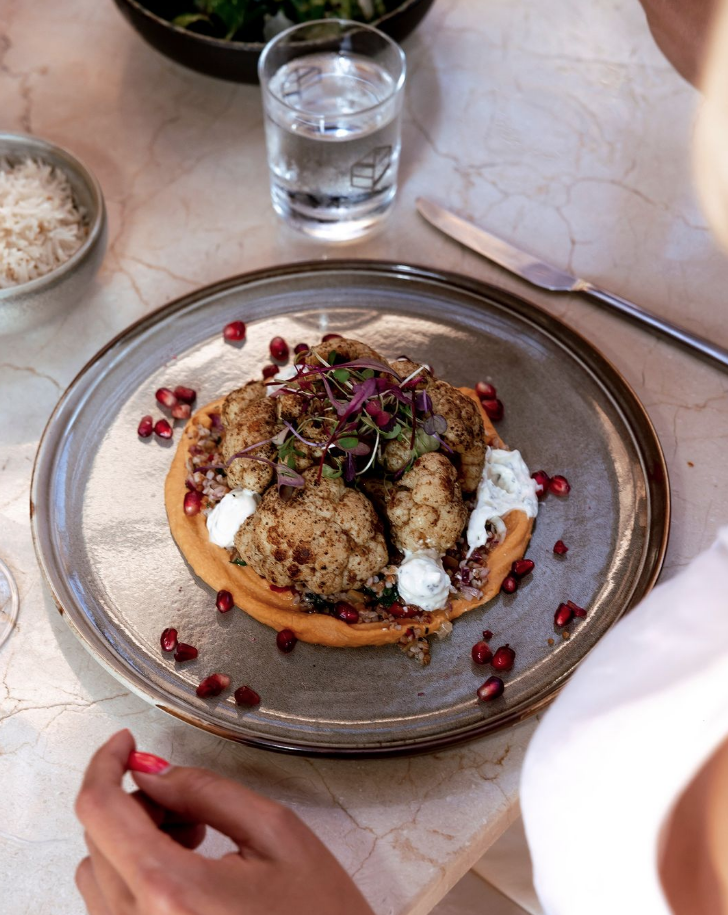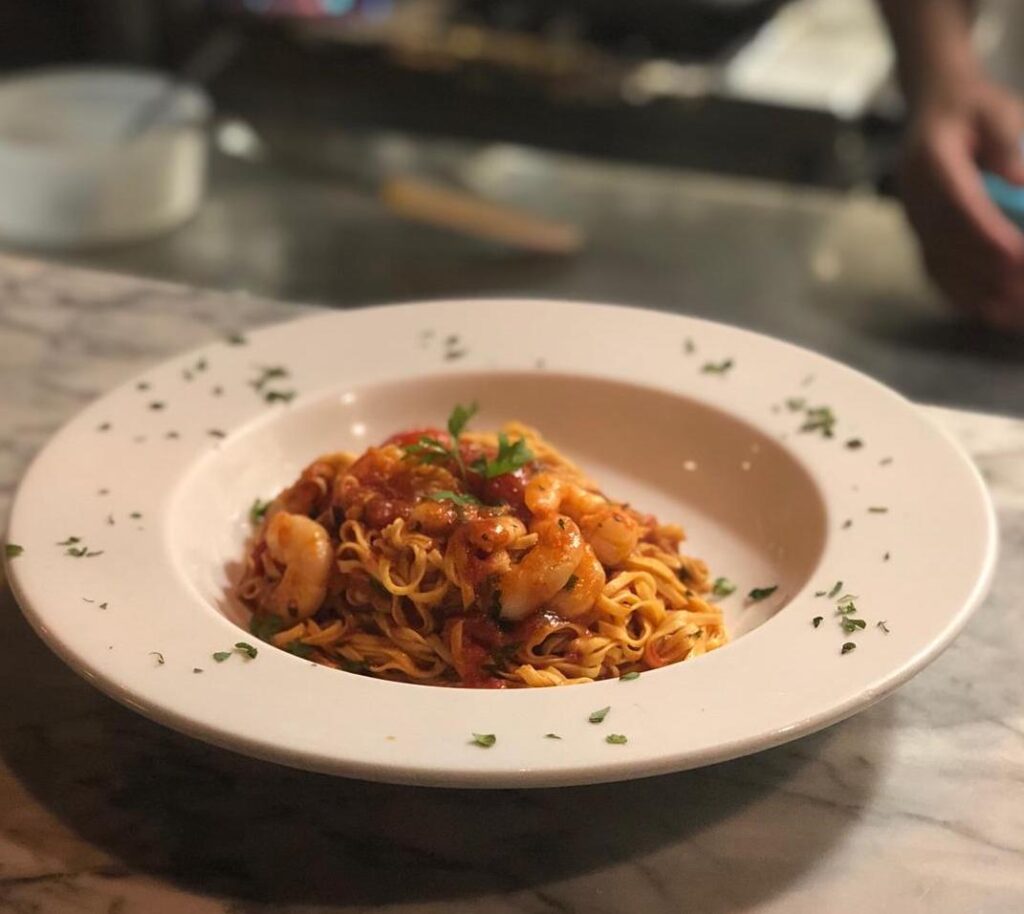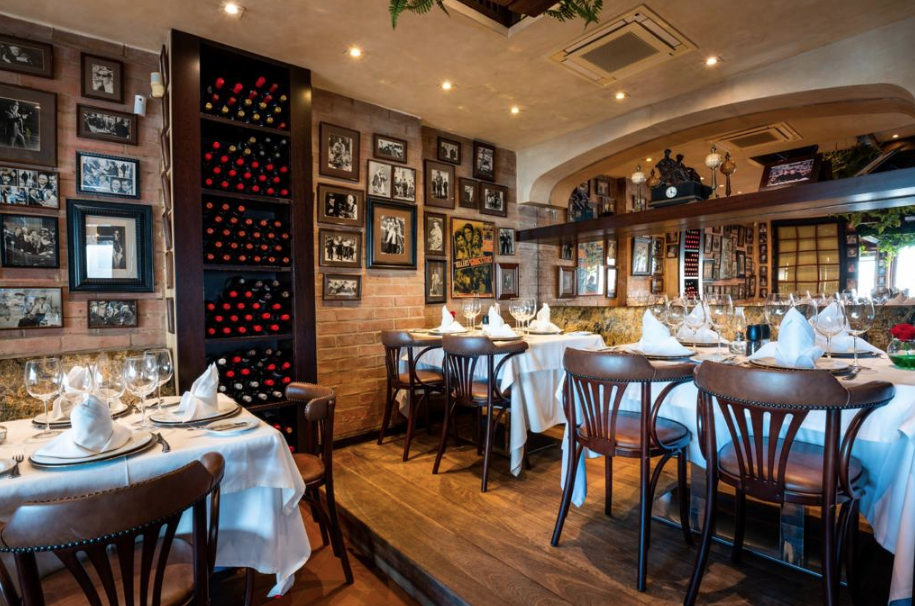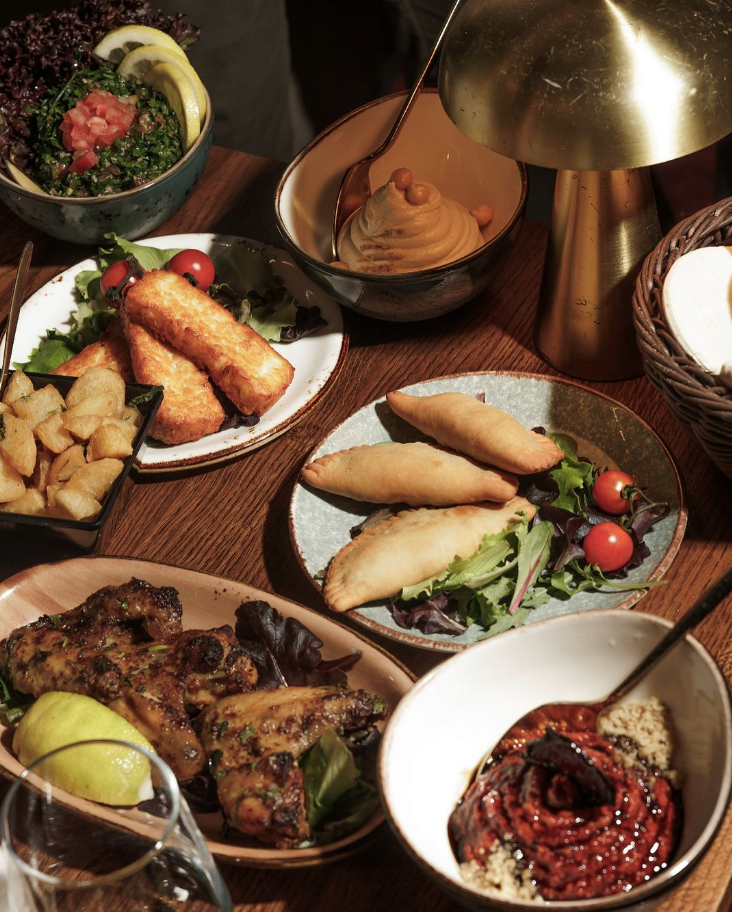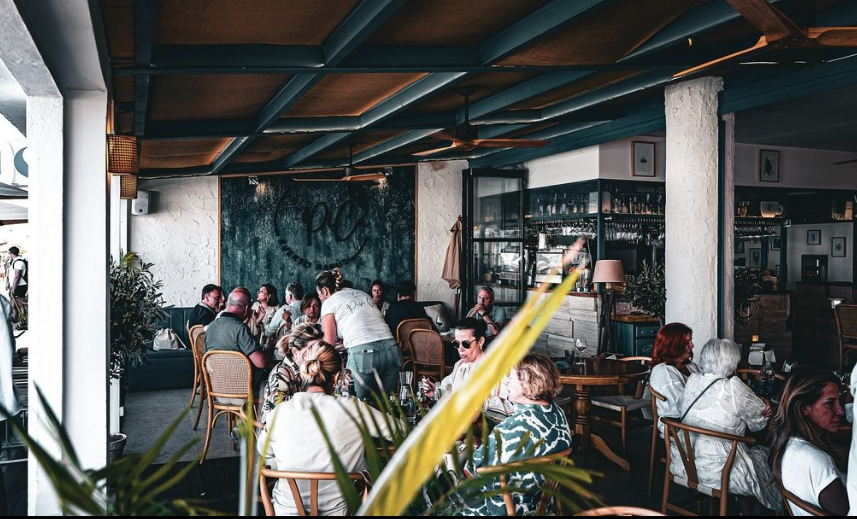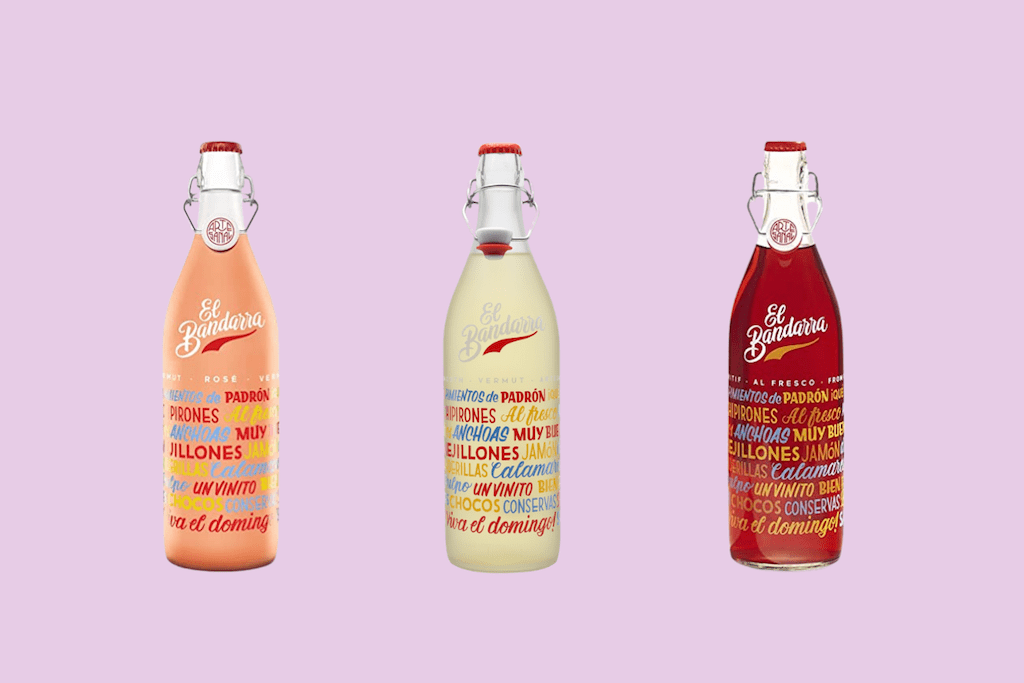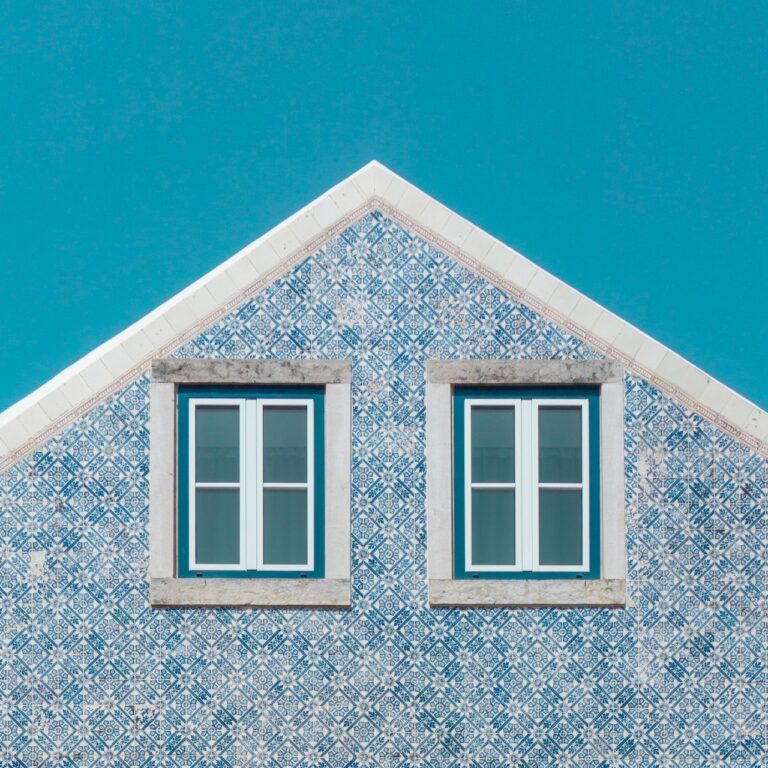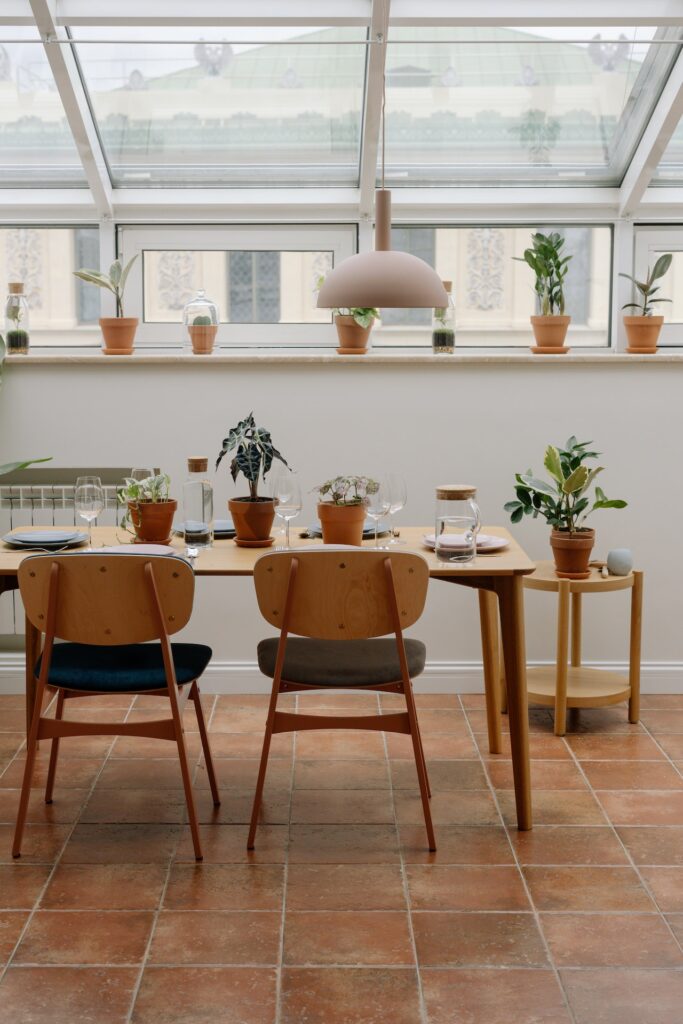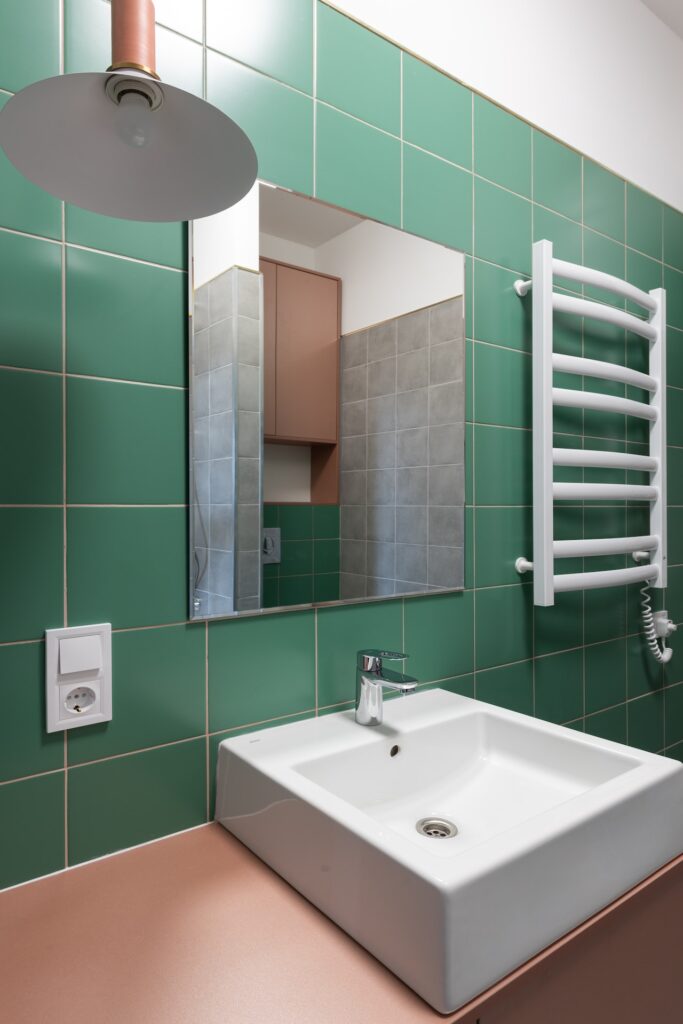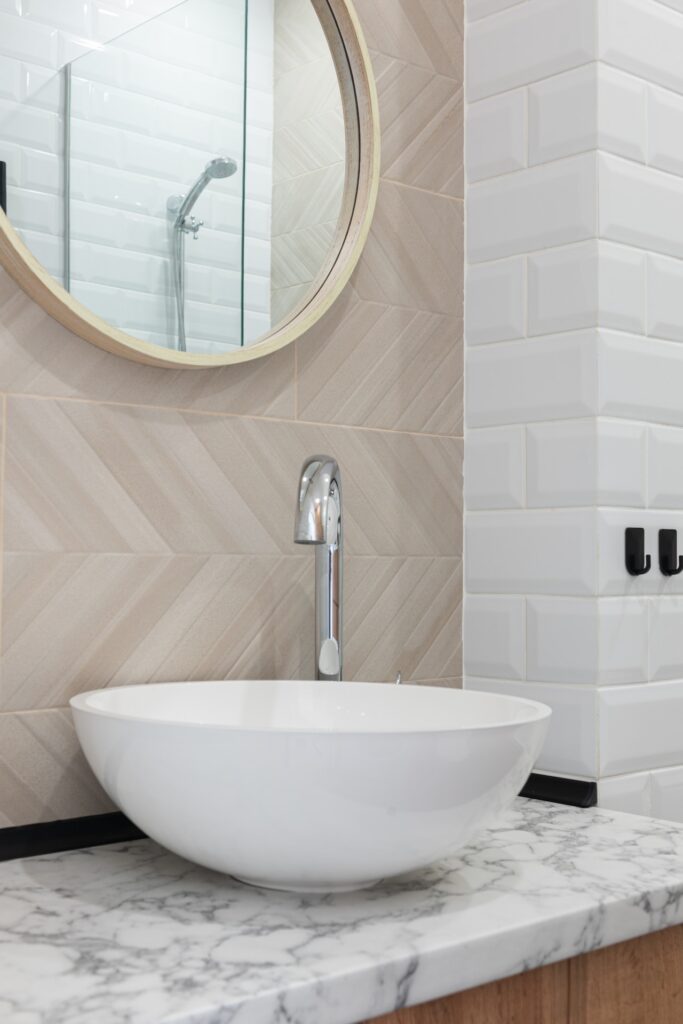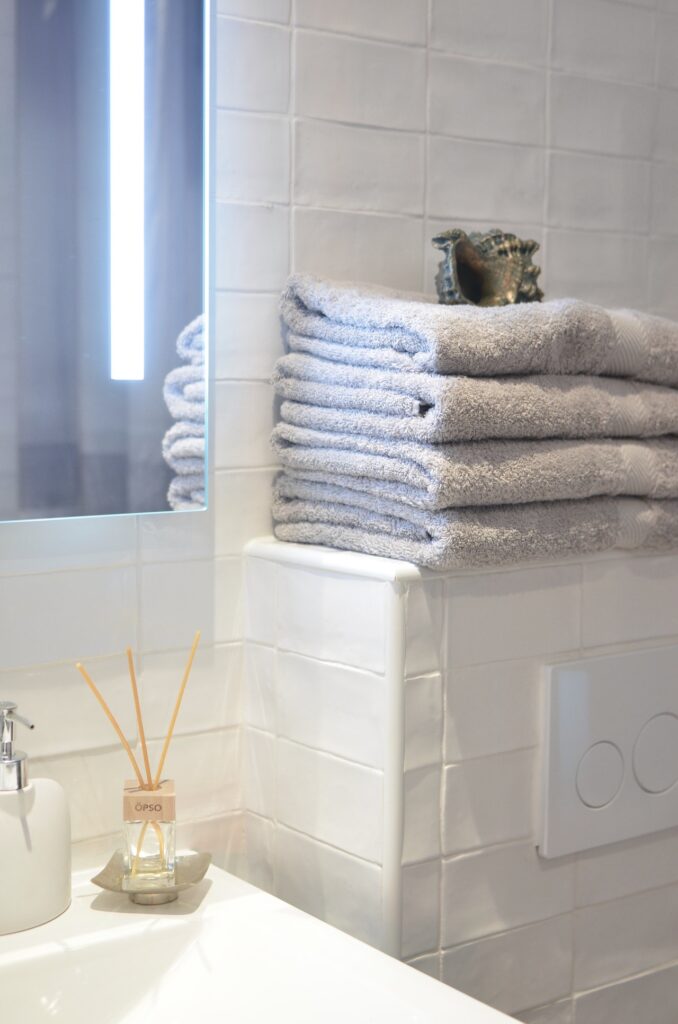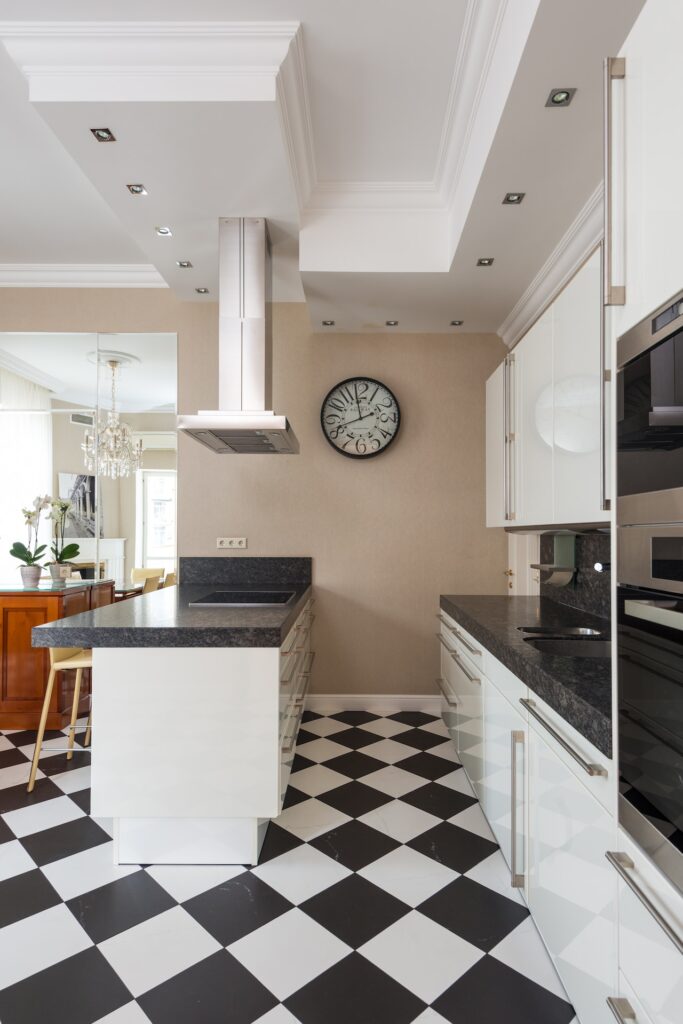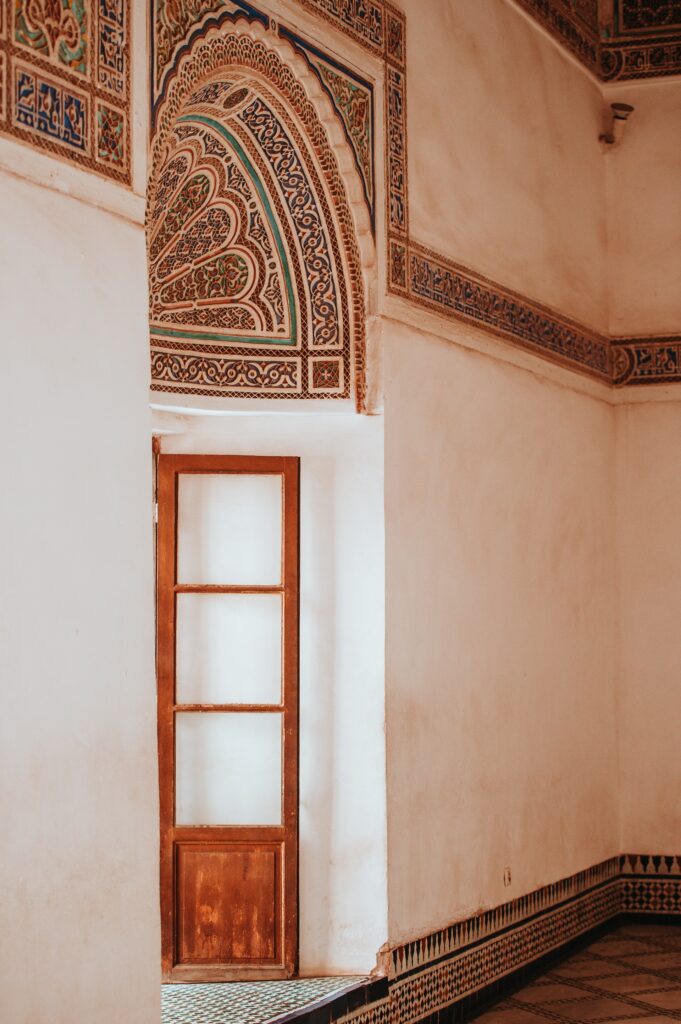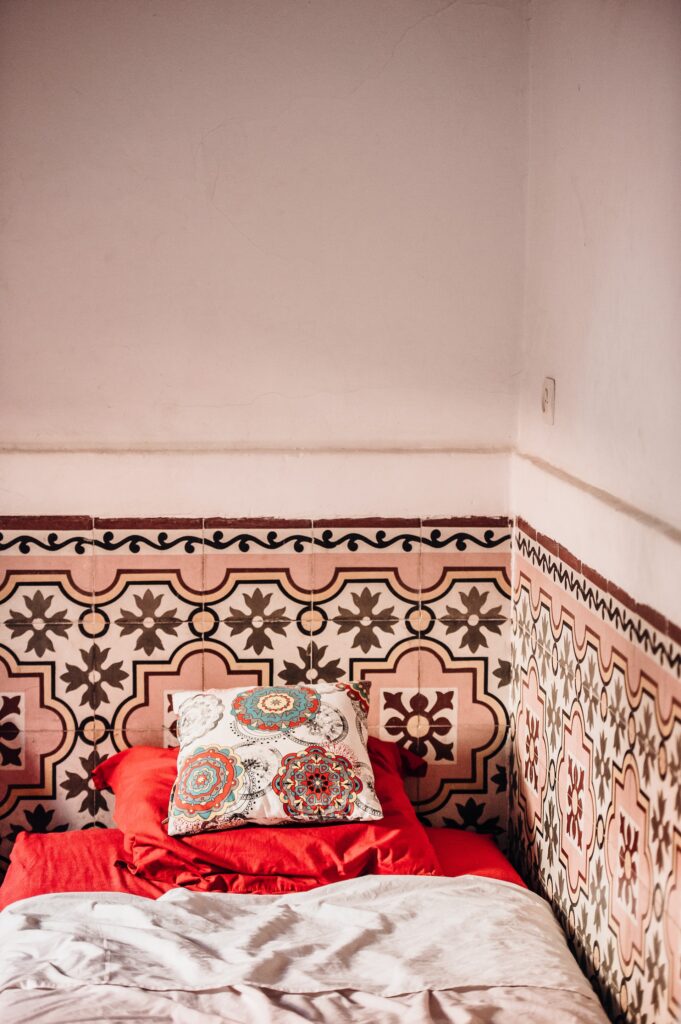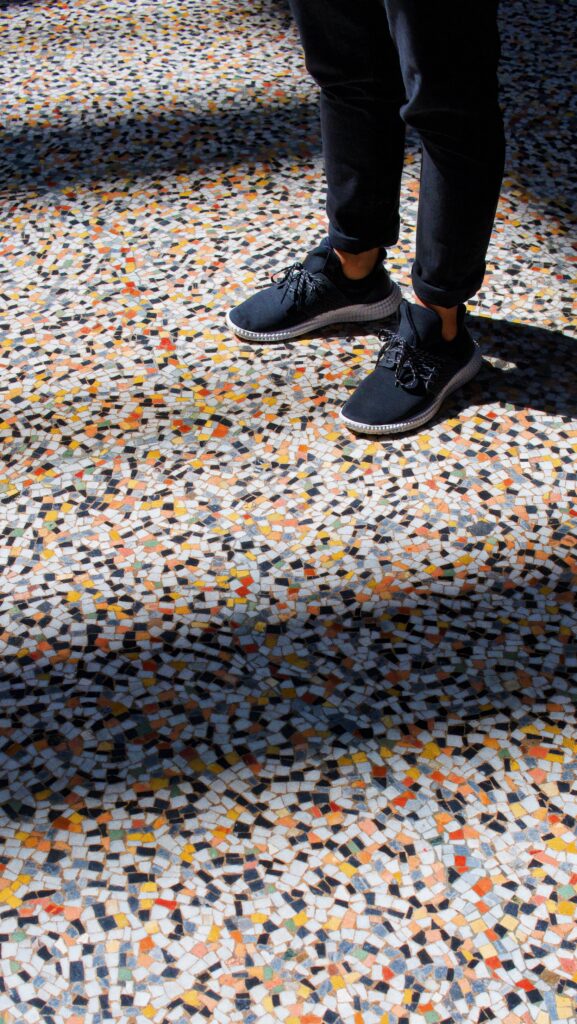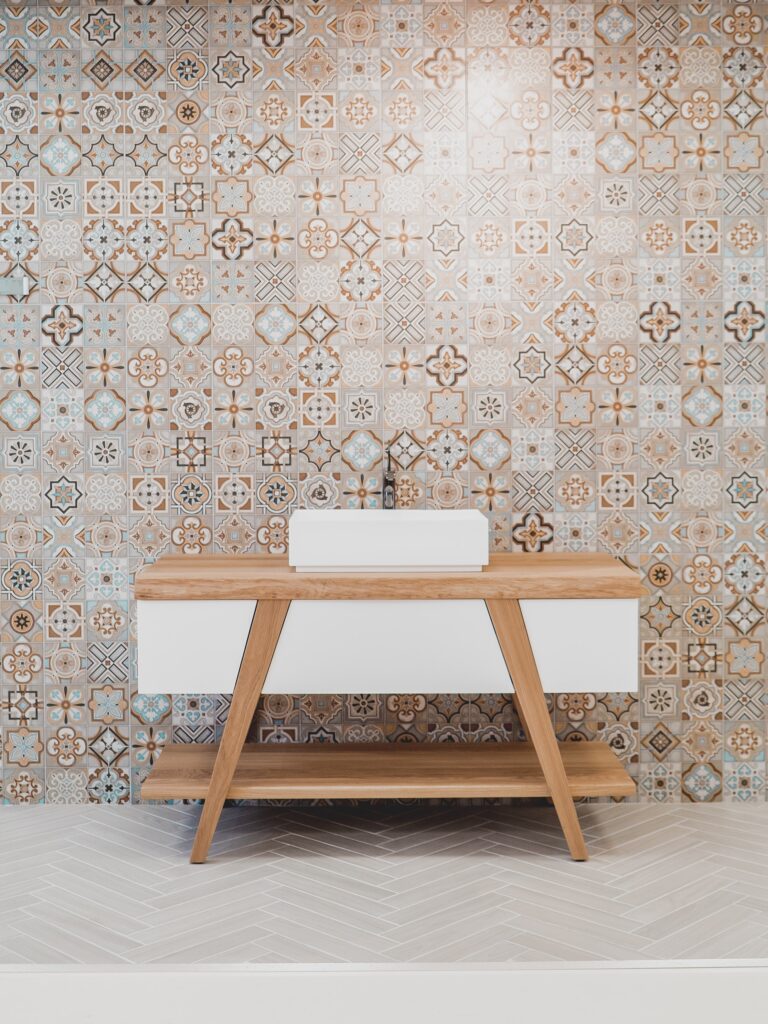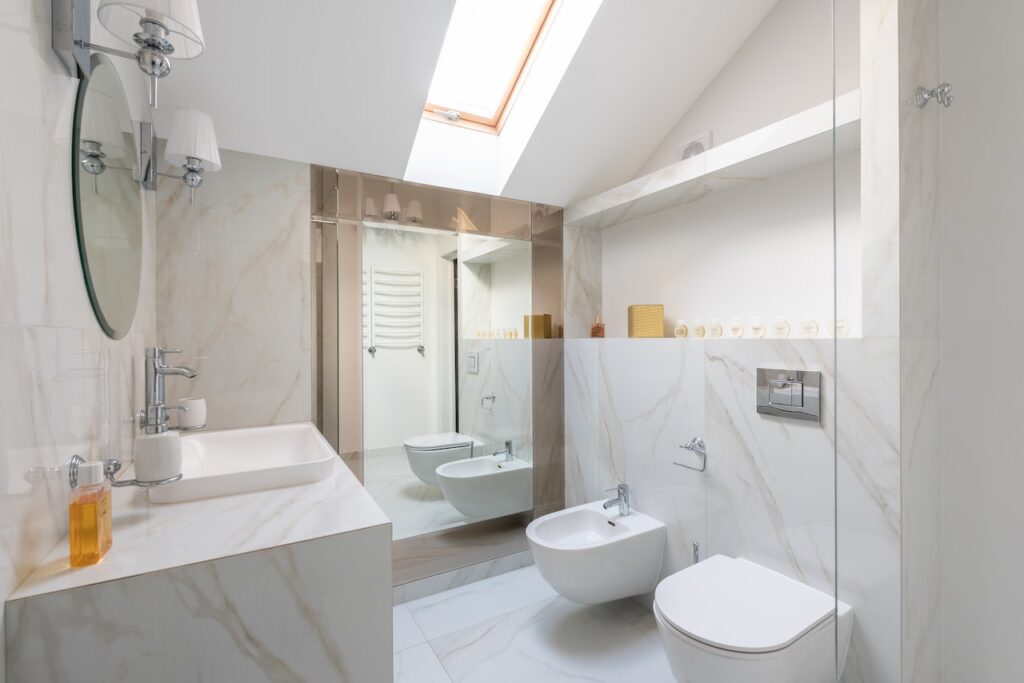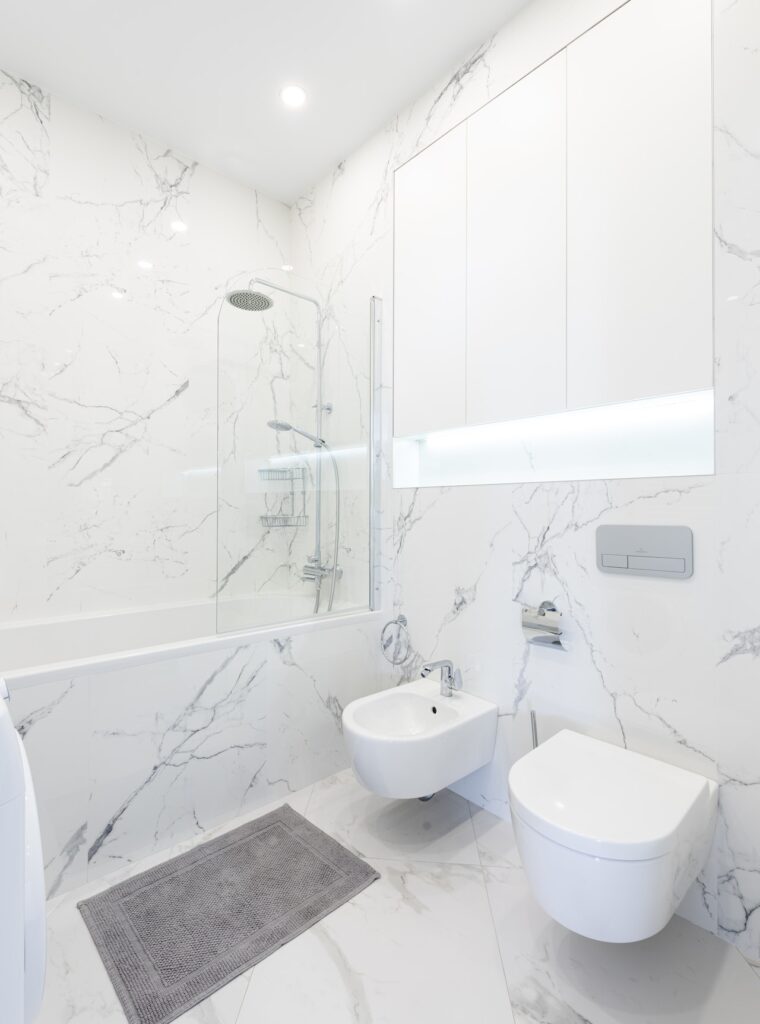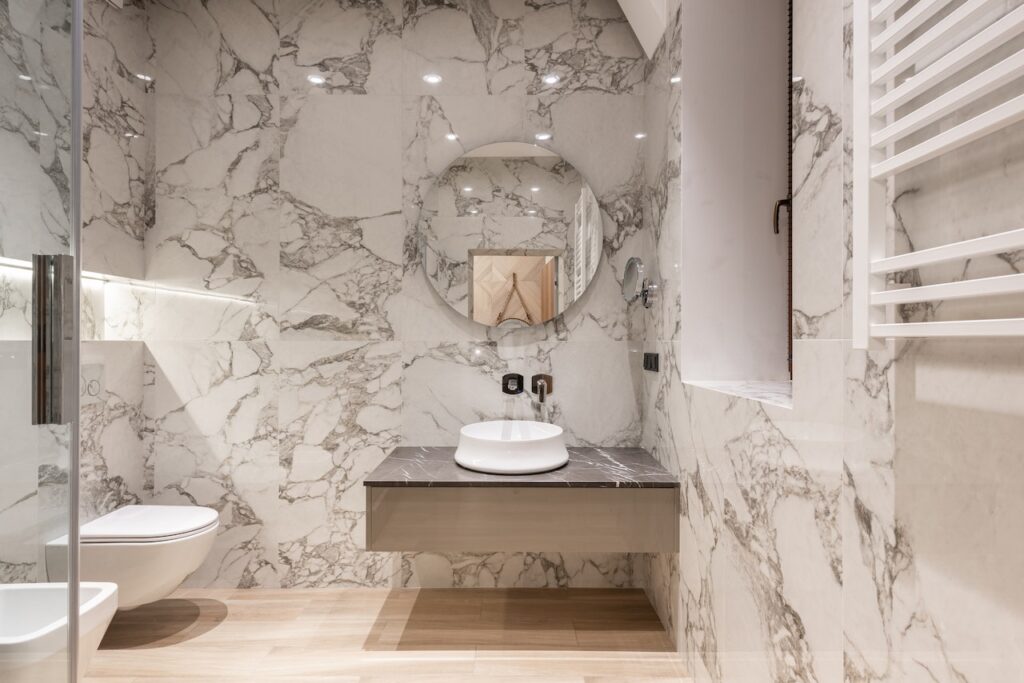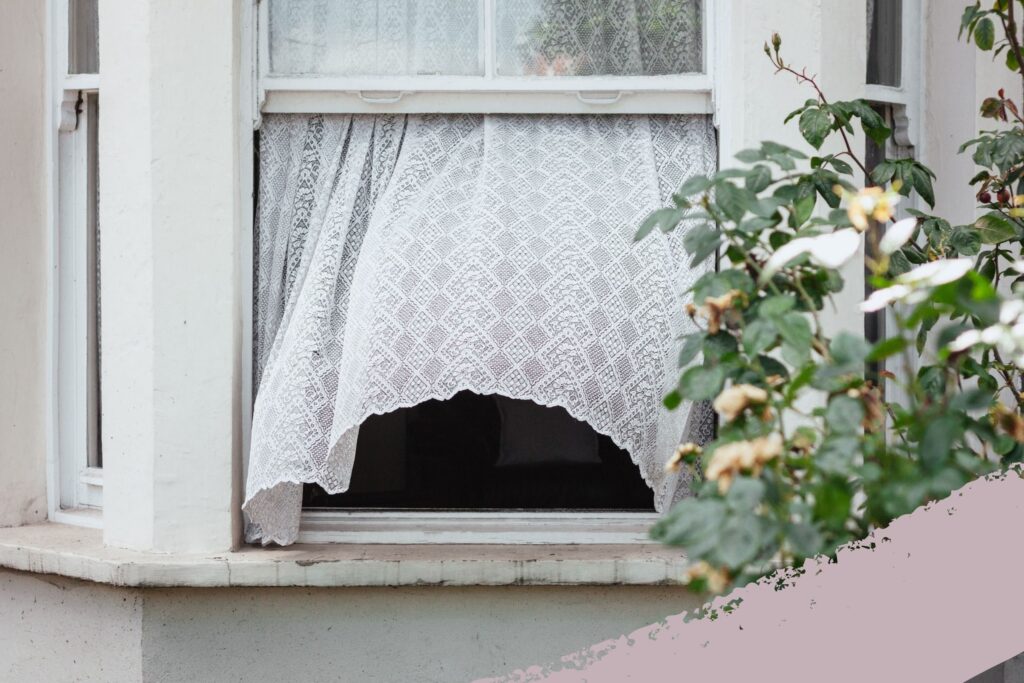When one thinks of embarking on a safari, the vast savannahs of Tanzania or the lagoons and sand dunes of Namibia often come to mind, teeming with lions, elephants, and other iconic wildlife. However, Southeast Asia offers an equally captivating, yet often overlooked, safari experience. This region, with its rich biodiversity, lush landscapes, and fascinating wildlife, provides a unique and profound adventure for nature lovers and explorers.
From dense jungles and pristine islands to expansive river systems and mountainous terrain, Southeast Asia is a treasure trove waiting to be discovered. With that in mind, here are some of the top wildlife destinations in Southeast Asia, ones that promise captivating safari experiences to rival those found in Africa and beyond.
Taman Negara National Park, Malaysia
One of the oldest rainforests in the world, Taman Negara National Park in Malaysia spans over 4,343 square kilometres. This vast park is a biodiversity haven, home to rare species like Malayan tigers, Asian elephants, and the elusive Malayan tapir. Besides the exhilarating jungle trails, visitors can embark on river safaris along the Tembeling River and enjoy canopy walks across suspended bridges – the longest canopy walkway in the world.

Key Highlights
- Ideal for: Adventure seekers, wildlife enthusiasts, and nature photographers.
- Fauna: Home to the critically endangered Malayan tiger, the majestic Asian elephant, and the elusive Malayan tapir, Taman Negara offers a rare opportunity to see these incredible animals in their natural habitat.
- Activities: Jungle trekking through ancient rainforests, river safaris along the Tembeling River, and canopy walks across the world’s longest suspended bridge provide thrilling ways to explore the park.
- Best Time to Visit: March to September (dry season) when the weather is more favourable for outdoor activities.
- Getting There: Fly into Kuala Lumpur, then take a bus or hire a car to Kuala Tahan, the gateway to Taman Negara.
Read: 9 of the best things to do in Penang, Malaysia
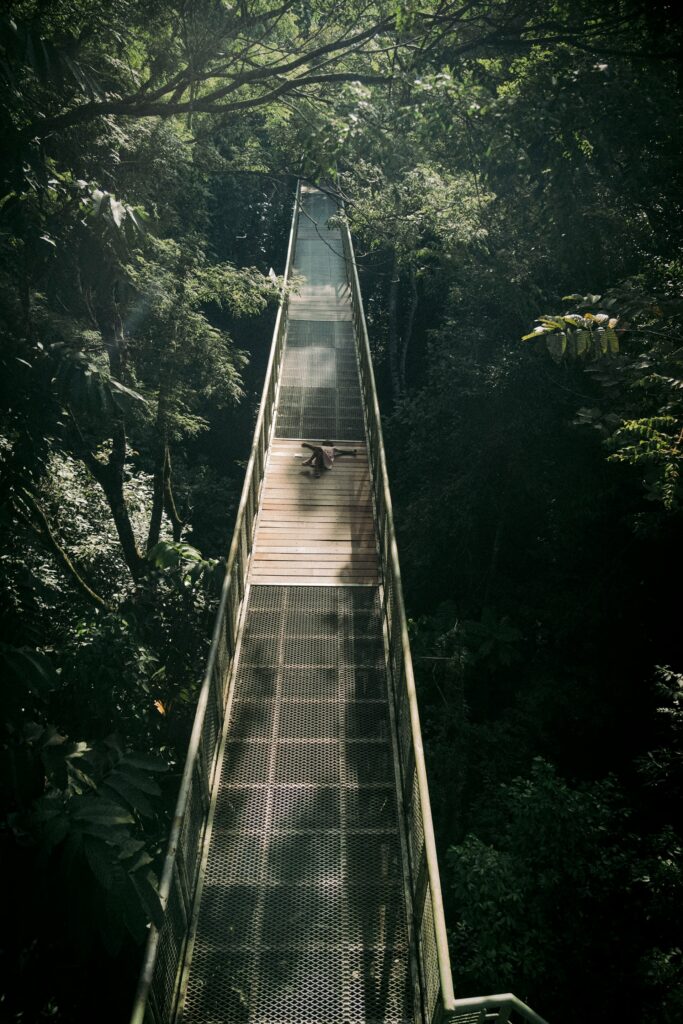
Khao Yai National Park, Thailand
Thailand’s Khao Yai National Park, a UNESCO World Heritage Site, is known for its lush landscapes and rich wildlife. Serenely nestled in the central highlands, the park is home to Asian elephants, Indochinese tigers, and a myriad of bird species such as the vibrant green pitta and the Asian fairy bluebird. Khao Yai offers a blend of hiking trails and night safaris, providing visitors with a chance to experience the park’s diverse fauna both day and night.


Key Highlights
- Ideal for: Family safari holidays, bird watchers, and nature lovers.
- Fauna: Home to Asian elephants, Indochinese tigers, and a myriad of bird species such as the vibrant green pitta and the Asian fairy bluebird.
- Activities: Hiking trails through lush landscapes, night safaris to see nocturnal wildlife, and bird watching excursions.
- Best Time to Visit: November to April, when the weather is cooler and more pleasant.
- Getting There: Drive from Bangkok (it takes around two hours) or take a train/bus to Pak Chong, the nearest town.
Kinabatangan River, Borneo
Flowing through the heart of Borneo’s lowland rainforests, the Kinabatangan River offers an extraordinary safari experience. This winding waterway is a lifeline for some of Borneo’s most iconic species, including the pot-bellied proboscis monkey and the diminutive Bornean pygmy elephant. Birdwatchers will also be delighted by the sight of hornbills, kingfishers, and vividly coloured bee-eaters.

Key Highlights
- Ideal for: Bird watchers, wildlife photographers, and eco-tourists.
- Fauna: Spot the unique pot-bellied proboscis monkey, the diminutive Bornean pygmy elephant, and a variety of bird species including hornbills, kingfishers, and bee-eaters.
- Activities: Enjoy river safaris to observe wildlife along the riverbanks, bird watching excursions, and nocturnal wildlife tours to see the region’s nocturnal creatures.
- Best Time to Visit: April to October, when the weather is dry and wildlife sightings are more frequent.
- Getting There: Fly into Sandakan, Sabah, then transfer to the Kinabatangan River area by bus or boat.
Komodo National Park, Indonesia
Famously home to the world’s largest lizard, the Komodo dragon, Komodo National Park comprises several islands including Komodo, Rinca, and Padar. Beyond these formidable reptiles, the park teems with marine biodiversity. Snorkelling and diving reveal vibrant coral reefs, schools of fish, and the occasional manta ray and whale shark.




Key Highlights
- Ideal for: Adventure travellers, scuba divers, and wildlife enthusiasts.
- Fauna: Witness the formidable Komodo dragon, the world’s largest lizard, and explore the rich marine life including whale sharks, manta rays, and vibrant coral reefs.
- Activities: Island hiking to see Komodo dragons in their natural habitat, scuba diving and snorkelling to explore underwater biodiversity, and boat tours around the islands.
- Best Time to Visit: April to December (dry season) for optimal weather conditions.
- Getting There: Fly into Labuan Bajo, then take a boat to the islands.
Danum Valley Conservation Area, Borneo
Danum Valley in Malaysian Borneo is essential for those wishing to delve deeply into the region’s rainforests. This conservation area offers a pristine environment for the Bornean orangutan, pygmy elephants, clouded leopards, and a plethora of exotic bird species. Canopy walks and guided treks through the dense jungle provide a real sense of the area’s rich biodiversity.

Key Highlights
- Ideal for: Wildlife researchers, nature lovers, and adventure travellers.
- Fauna: Encounter the Bornean orangutan, pygmy elephants, and the elusive clouded leopard, along with a plethora of exotic bird species.
- Activities: Jungle trekking through pristine rainforests, canopy walks for a bird’s-eye view of the jungle, and guided wildlife tours.
- Best Time to Visit: March to October, when the weather is more conducive to outdoor activities.
- Getting There: Fly into Lahad Datu, then a 2-hour drive to Danum Valley Conservation Area.
Gunung Leuser National Park, Sumatra
Located in the provinces of Aceh and North Sumatra, Gunung Leuser National Park is a key sanctuary for critically endangered species like the Sumatran tiger and Sumatran orangutan.

This UNESCO World Heritage Site’s diverse ecosystem ranges from coastal areas to mountains, providing habitats for a variety of flora and fauna. Visitors can explore the park’s rivers and dense jungles, often accompanied by local guides who offer insights into conservation efforts.
Key Highlights
- Ideal for: Conservationists, wildlife photographers, and adventure travellers.
- Fauna: Home to critically endangered species such as the Sumatran tiger, Sumatran orangutan, and Malayan sun bear, offering a unique opportunity to see these rare animals.
- Activities: River tours, jungle trekking with local guides, and wildlife photography in diverse ecosystems ranging from coastal areas to mountains.
- Best Time to Visit: May to September, when the weather is dry and wildlife sightings are more frequent.
- Getting There: Fly into Medan, then travel by car or minibus to Bukit Lawang, the main access point for the park.
Cat Tien National Park, Vietnam
A stunning mosaic of forests, wetlands, and grasslands, Cat Tien National Park in southern Vietnam is a biodiversity hotspot. Here, you can spot the endangered yellow-cheeked crested gibbon, Indochinese silvered langurs, and the striking green peafowl. Guided tours lead through the park’s varied landscapes, offering opportunities to observe rare primate species, exotic birds, and other unique wildlife.



Key Highlights
- Ideal for: Bird watchers, primate enthusiasts, and eco-tourists.
- Fauna: Spot the endangered yellow-cheeked crested gibbon, Indochinese silvered langurs, and the striking green peafowl in their natural habitats.
- Activities: Guided treks through diverse landscapes, bird watching, and primate spotting tours.
- Best Time to Visit: December to May (dry season) for the best wildlife viewing conditions.
- Getting There: Fly into Ho Chi Minh City, then take a bus or car to the park.
Tanjung Puting National Park, Borneo
Nestled in Central Kalimantan, Tanjung Puting National Park is a sanctuary for the Bornean orangutan. Visitors can navigate the park’s waterways aboard traditional klotok boats, observing orangutans and other wildlife such as proboscis monkeys and clouded leopards. Overnight stays in eco-camps provide a deeper immersion into the park’s lush rainforest environment.


Key Highlights
- Ideal for: Wildlife enthusiasts, eco-tourists, and adventure travellers.
- Fauna: Observe Bornean orangutans, proboscis monkeys, and clouded leopards in their natural habitats.
- Activities: River tours aboard traditional klotok boats, eco-camping for an immersive rainforest experience, and wildlife observation tours.
- Best Time to Visit: June to September, when the weather is dry and wildlife sightings are more frequent.
- Getting There: Fly into Pangkalan Bun, then take a boat to the park.
Sipadan Island, Malaysia
Off the coast of Borneo lies Sipadan Island, a diver’s paradise renowned for its rich marine life. This marine haven is home to countless species, including whale sharks, manta rays, and large schools of barracuda and trevally. The island’s crystal-clear waters and vibrant coral reefs make it a perfect destination for snorkelling and scuba diving enthusiasts.
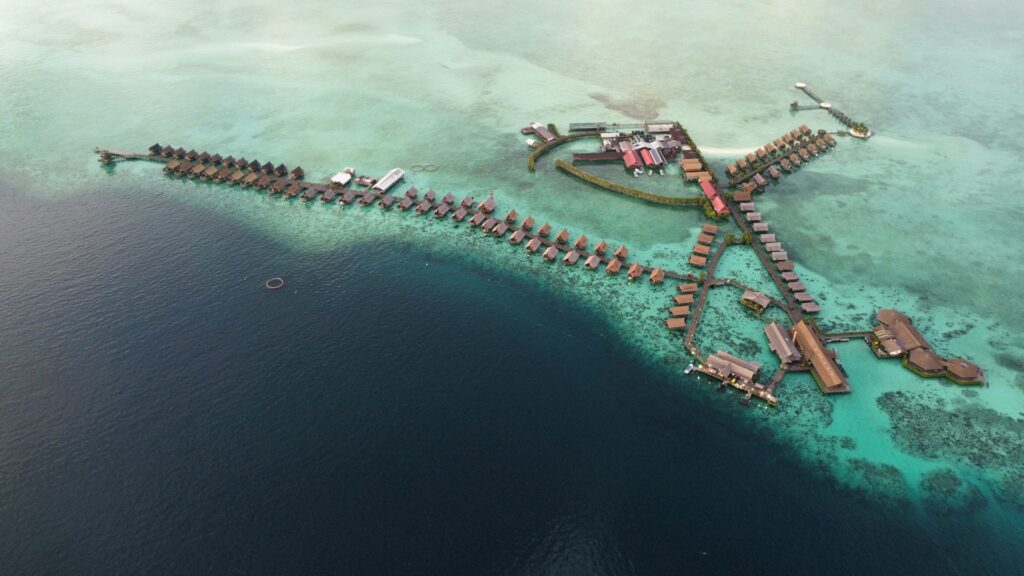

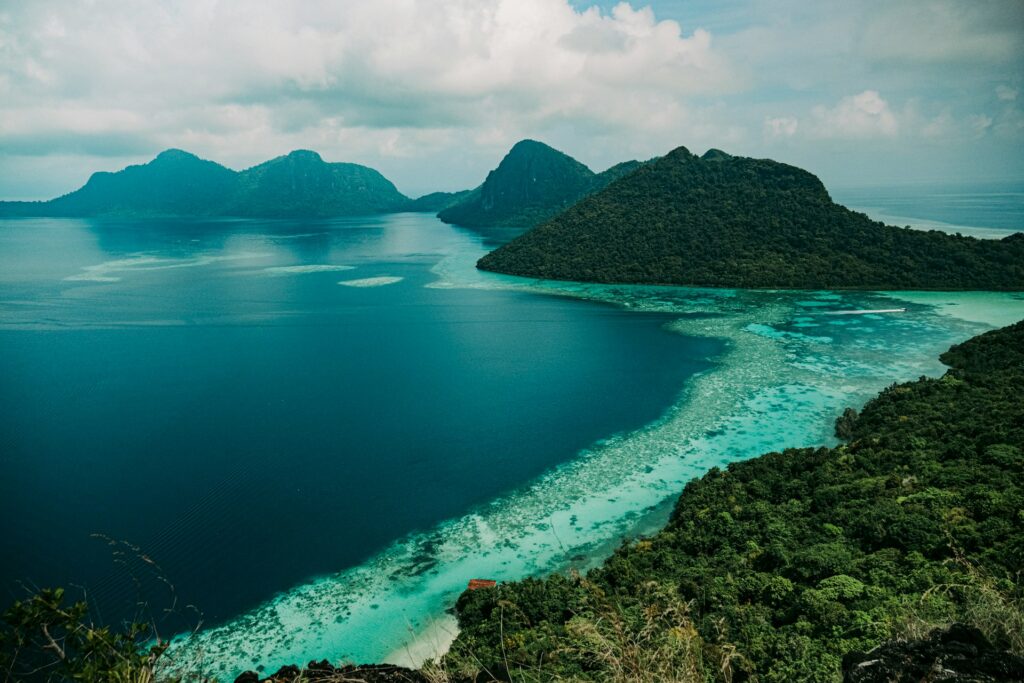
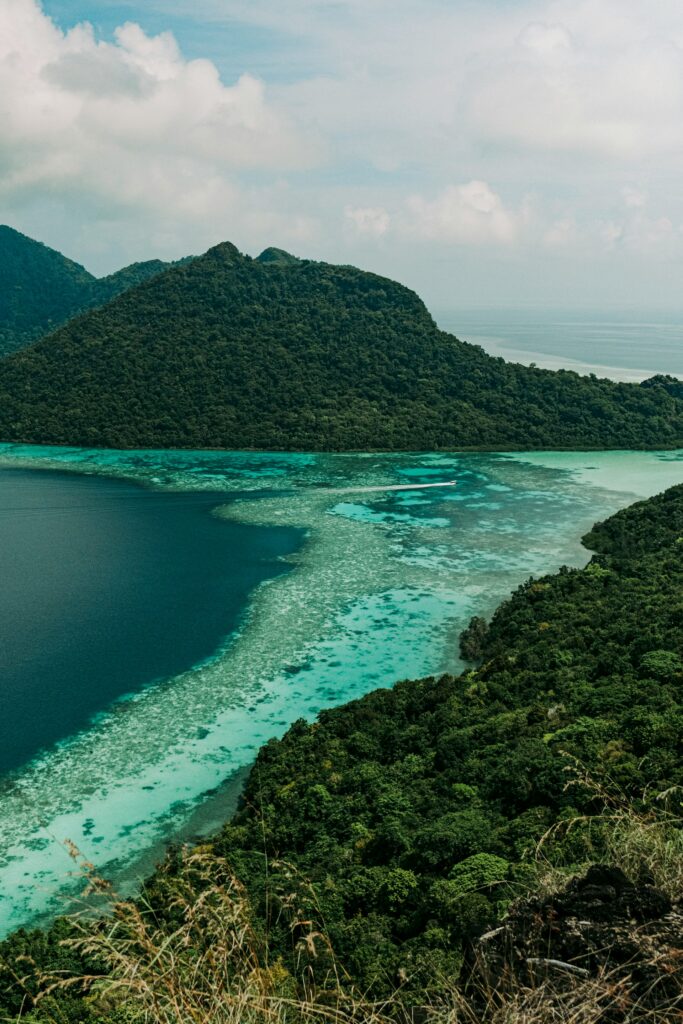
Key Highlights
- Ideal for: Scuba divers, snorkelling enthusiasts, and budding marine biologists.
- Fauna: Discover rich marine life including whale sharks, manta rays, sea turtles, and large schools of barracuda and trevally.
- Activities: Scuba diving and snorkelling in crystal-clear waters, beach bathing, and exploring vibrant coral reefs.
- Best Time to Visit: April to December, when the weather is ideal for underwater activities.
- Getting There: Fly into Tawau, then take a bus or taxi to Semporna, and from there, a boat to Sipadan.
Mondulkiri Protected Forest, Cambodia
In eastern Cambodia’s highlands lies Mondulkiri Protected Forest, an ideal destination for spotting some of the region’s most endangered species. The forest supports a substantial population of Asian elephants and is a key habitat for leopards. Bird lovers will also find Mondulkiri enchanting, with over 430 bird species including the giant ibis and the crested argus pheasant populating its diverse ecosystems.

Key Highlights
- Ideal for: Bird watchers, wildlife enthusiasts, and adventure travellers.
- Fauna: Spot Asian elephants, leopards, and over 430 bird species including the giant ibis and the crested argus pheasant.
- Activities: Trekking through diverse ecosystems, bird watching, and elephant tracking tours.
- Best Time to Visit: November to April, when the weather is dry and wildlife sightings are more frequent.
- Getting There: Fly into Phnom Penh or Siem Reap, then take a bus or hire a car for the journey to Mondulkiri.
The Bottom Line
Going on safari – in Southeast Asia or anywhere – isn’t simply about ticking boxes. Instead, it’s about engaging more meaningfully with the natural world. The memories you create – whether it is the sight of a Bornean pygmy elephant along the Kinabatangan River, the rich calls of gibbons echoing through Taman Negara, or the vibrant underwater world of Sipadan – will leave an indelible mark and likely inspire a lifelong passion for conservation and ecological stewardship.
So pack your bags (and pack your sense of adventure!) and prepare to be enchanted by the wild beauty of Southeast Asia.








